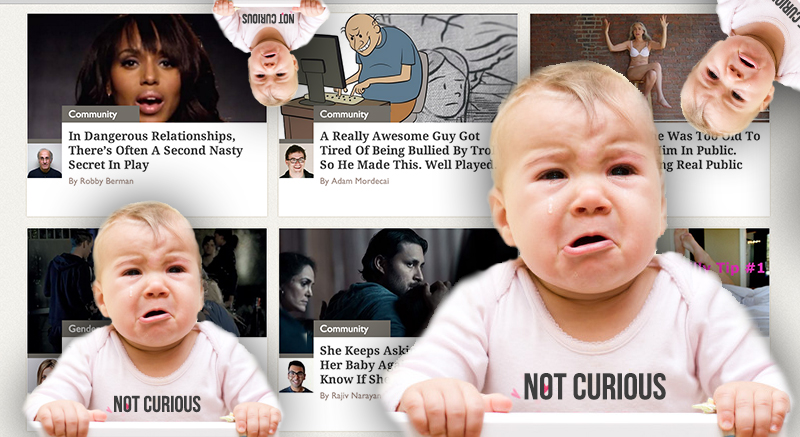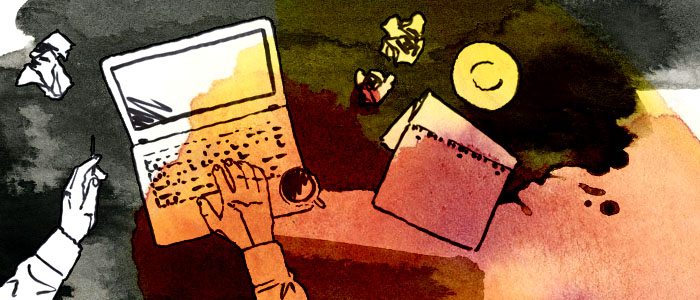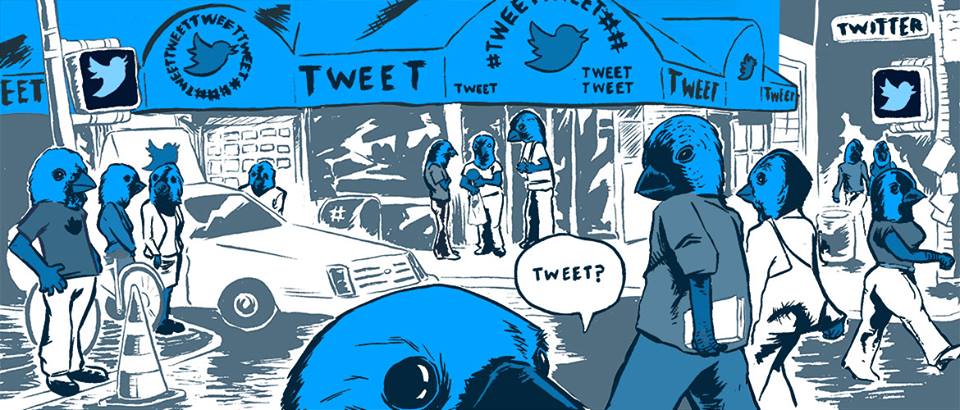Catchy headlines are powerful, but there’s one type of headline that’s more powerful.
“This Designer Just Did Something Amazing To His Shelves… And Now You Can Too” – Dose.com
“I Hope You’re As Angry As I Am About What She Says At 0:31” – Upworthy.com
“You’ll Never Believe What This Guy Did During an Airport Layover” – Entrepreneur.com
“You’ll Never Believe Who Made Our Best Dressed List This Week” – HuffingtonPost.com
“You’ll Never Guess Who the ‘Most Dangerous Celebrity’ Is” – TIME.com
If you’ve been reading the web, say, at any point this year, then perhaps you’ve stumbled upon this familiar headline formula. It goes by many names, but the most accurate is the curiosity-gap headline. The newly re-popularized curiosity gap headline makes a huge promise to the reader and provokes their curiosity to click.
This headline archetype has been used since the printing press rolled out its first inked-up parchment, but sites like Upworthy have brought it back in vogue (and out of vogue), while other sites have jumped on the bandwagon. Now they’re being called Upworthy headlines.
Why Upworthy Headlines Work
The reason why Upworthy headlines work is that people are naturally curious. They either think they know the answer and want to click to prove that they’re right, or they just flat out want to know the payoff to such big promises.
Think of it this way: If you were in a new city and a stranger told you to eat at a place they like down the street, would you follow their advice? Maybe you’d Yelp around a bit before deciding, right? What if they told you it was the best restaurant that ever existed? I mean, you’d have to find out if that was true, right? You’d have to!
That’s why these catchy headlines work.
There are a dime-a-dozen blog posts out there shunning the overuse of this perfectly good headline formula, calling it “insufferable,” but according to the Atlantic, Upworthy is out there generating an average of 75,000 Facebook likes per article. However, that may change soon, now that Facebook is cracking down on what they consider to be click-bait headlines.
Think it’s just Upworthy benefiting from the rage? I just looked at Entrepreneur‘s Facebook page and searched for a recent curiosity-gap headline: “This Clever Marketing Campaign Reversed Coke’s 11-Year Decline in Soda Sales.” It had 94,720 likes. The previous five normal headlines had 2,080, 184, 143, 272, and 1,344.
And I wanted to use TIME as a second example, but if you’re any kind of marketer, you can probably figure out why this post on Facebook didn’t get a whole lot of traction. (Hint: They answered the question with the featured image!)
Why None of This Matters to Brands
If you’re a news publisher, wonderful. Keep on keepin’ on.
If you’re not, stop it. Right now. Put down your curiosity-gap headline writing pencil and place bricks on your fingers before you write any more sentences using phrases like “you won’t believe” or “this woman just did something amazing.”
The thing is, anyone with a curiosity quotient higher than room temperature can be intrigued and motivated to click on a link. Or a Tweet. Or a Facebook post.
The curiosity-gap headline archetype is excellent for selling news. It’s great click-bait for getting people to read things that expire.
If you’re blogging for business – to sell products, generate leads, or establish yourself as an expert in your industry – it’s not good for you. It’s like gluten to Celiacs, or cow’s milk to the lactose intolerant.
[Tweet “The curiosity-gap headline is excellent for selling news. Selling products? Not so much.”]The obvious problem:
There’s impending headline blindness, where people just don’t “believe” you anymore. They’ve seen too many “amazing” videos that aren’t that amazing. They’ve read too many articles they “wouldn’t believe” that they very much believed.
It’s old news. It’s like when you move into a neighborhood with a barky dog as your neighbor and at first it catches your attention – annoys you even – but after a few days you don’t even notice the barking anymore.
But news publishers can do what they want. Upworthy has turned it into an art and it’s meant for exactly the type of one-hit wonder content they publish, so they can do it, too.
The actual problem:
As the CEO of a business that obsesses over the longevity of content, the long tail, if you will, please don’t use these headlines on any content you want to last. The whole point of writing headlines using data and keyword research is that you write about things your customers are searching for today, tomorrow, and six years from now.
The Headline Formula That’s Better Than the Curiosity Gap
Pick a winner: the SEO headline. Every headline you ever write should be optimized for search. And it’s a hybrid, because you can use almost all of the most popular headline formulas while still doing so. But if you want your content to last longer than a day in social media, you can’t title your articles with Upworthy headlines.
If you sell razors, your customers are not searching for things like “You’ll never believe how close this razor gets to your skin.” However, there are 880 people per month searching for “how to get a close shave,” all of whom can turn into customers.
If you sell HR software, your customers are not searching for “I Hope You’re As Angry As I Am About How This Employee Bullies Coworkers.” However, 18,100 people per month search for “bullying in the workplace,” many of whom could be your customers.
This isn’t to say you can’t write a Tweet or a Facebook post using the curiosity-gap formula. By all means, jazz up your social media posts and test away. In fact, we use 12 different ones at BuzzFarmers for every post we write.
But, please, keep SEO in mind when titling your articles. No matter how many trendy headline formulas come and go, SEO’s style is timeless.











